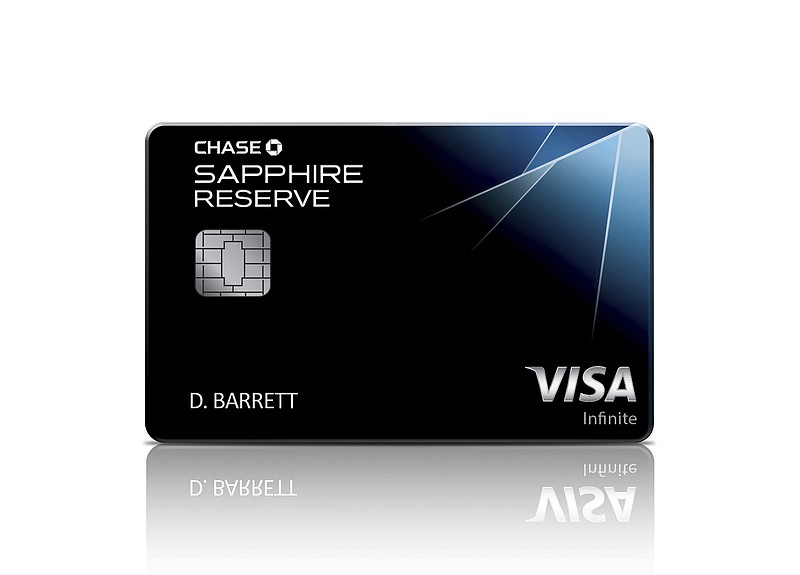Shoppers with means who want a lot of high-end rewards on their credit cards have plenty of options - at least right now.
Since JPMorgan Chase launched the $450-a-year Chase Sapphire Reserve Card a year ago, joining the market created by the American Express Platinum Card, companies like U.S. Bank and UBS have jumped in with similar cards. Citi's Prestige card, which gives the unique benefit of a fourth night free at hotels, already existed.
The increased competition could help customers. Banks sometimes waive annual fees or offer additional points for certain types of spending in order to drive business. And analysts say the companies' desire to keep their cards distinctive may mean they offer more benefits. But whether enough people want to hold these cards may determine how sustainable the profusion is.
Chase's Sapphire Reserve Card was introduced last August with a 100,000-point sign-up bonus, worth $1,500 using Chase's rewards program, a $300 annual travel credit, and no foreign transaction fees, among other perks. Demand was so high that Chase temporarily ran out of the metal alloy used to make it.
Banks thought the market for luxury credit cards, while lucrative, would be small - the top 10 percent of U.S. households, and mainly older customers. But the demographics have changed. Younger consumers have been keen on the new generation of luxury cards - perhaps because, as analysts posit, they are willing to pay the large annual fee for access to experiences and travel that they prize more highly.
But if the competition gets too fierce, or makes the cards too expensive, banks could cut back on things like lounge access, or points redemption, as they have in the past. Fewer benefits may mean fewer customers to keep the cards afloat.
